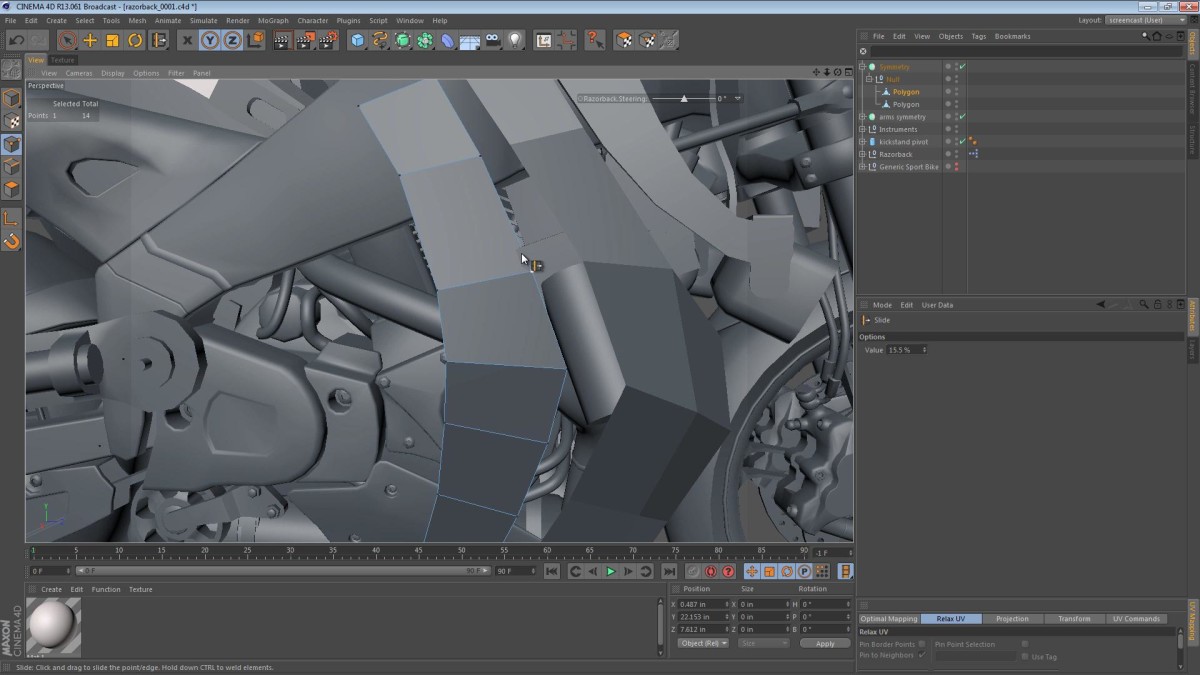In this video, we take a look at the hurdles involved in armor plating this autonomous vehicle.
The armor of the machine can’t cover the instruments, as this would look bad and would be a waste of time. We really want the armor to encase the vital components, protecting them from various angles, leaving them accessible from vital ones.
Most of the video involves creating polygonal strips from scratch. It’s not very long, only 24 minutes and is composed of me fumbling around as I figure out the role of the armor plating. It should be interesting if you’ve never done polygonal modeling from scratch, and are interested in seeing the progression.
Fighter jets and warplanes will be a good source of inspiration as will the Tumbler. below is a list of stealthy looking (not necessarily armored) vehicles that I think of when imagining a Razorback from Daniel Suarez’ s books:
- The F-117 Nighthawk, one of the first planes I remember seeing that “looked stealth-like”.
- The B-2 Flying Wing, an iconic stealth bomber.
- The F-35 Lightning, the latest stealth warplane from the U.S. and the U.K. featuring stealth, STOVL, and supersonic capabilities.
- RAH-66 Comanche, a pre-production stealth helicopter.
- “The Tumbler” from Christopher Nolan’s Batman here’s a larger photo of the Tumbler.
The Tumbler is probably the only link above that applies to the Razorback, as it’s ground based and armored—but it’s also fictional. I suppose the lesson here is that we need to draw inspiration based on looks and not a low observability or small radar cross-section.
